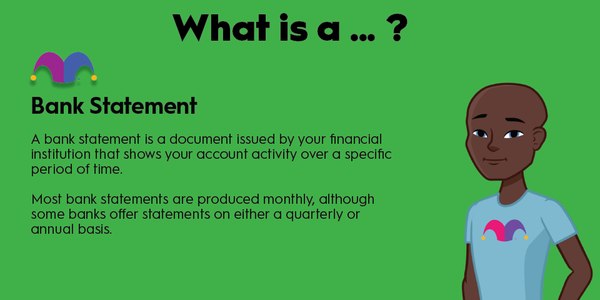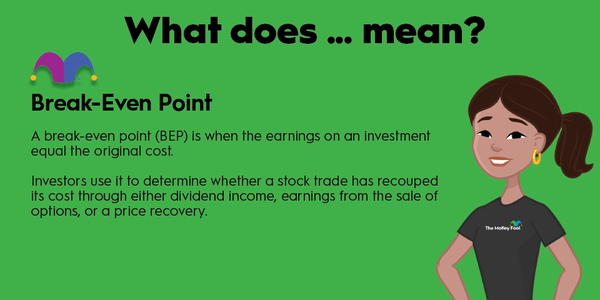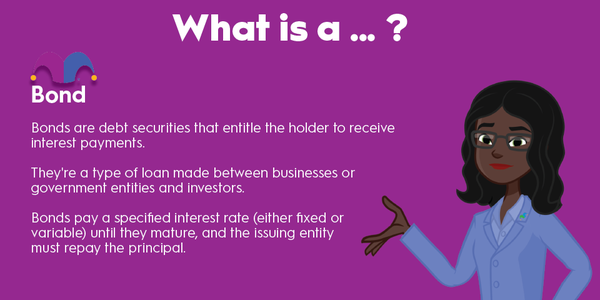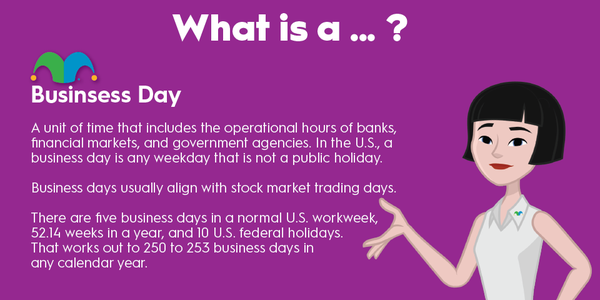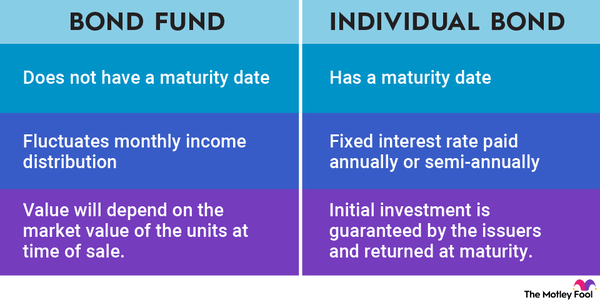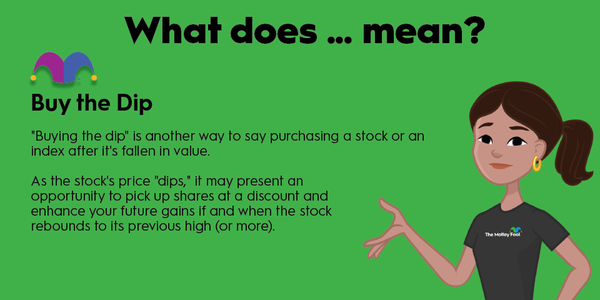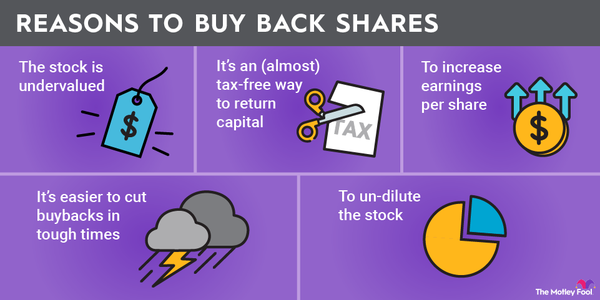If you've been looking at the changes in interest rates, especially for financial instruments, you may have encountered the basis point. Often abbreviated as "bps," it's a common term that you should become familiar with before buying securities.
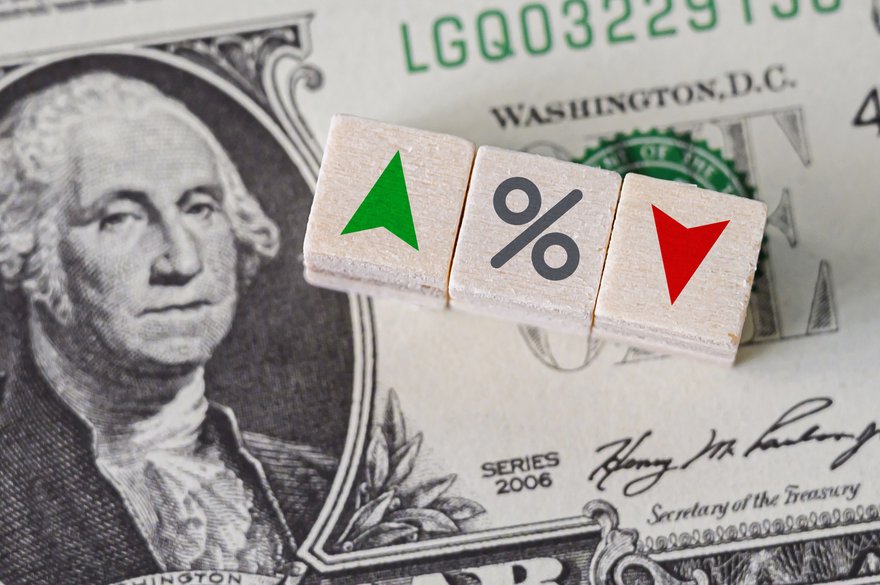
Definition
What is a basis point?
Basis points are units that are used to describe a change in interest rates for a variety of investment instruments. One basis point is the same as 0.01% or 1/100th of a percent. You'll most often see them used when one particular instrument or measure has changed.
For example, if the federal funds rate goes from 5.5% to 5.75%, it's more likely to be reported that it increased by 25 basis points, rather than 0.25%. It's simply a more precise way to convey this information, since it's not likely to be rounded up or down in a poor attempt to make a tidier percentage.
Basis points vs. percentages
Basis points versus percentages
Basis points and percentages are not the same, but they convey the same information. This is why they can be very confusing for people. As in the example above, 0.25% is the same as 25 basis points, but if it's easier to say 0.25%, why not just do it?
The truth is that it's about clarity. If you say that the 5.5% federal funds rate is about to increase by 0.25%, that might imply that the rate will be added together to get 5.75% (5.5% + 0.25%) or that it's growing 0.25%, essentially multiplying 5.5% by 1.025% to get 5.6375%. It's not a huge difference, but it's enough to create serious inaccuracies.
However, if you say that the 5.5% federal funds rate was raised by 25 basis points, that's simple. There's clarity. That's 5.75%, always and forever.
How they are used
How basis points are used
Because basis points provide more clarity than using multiple different percentages in the same sentence, they're generally how increases and decreases in interest rates are expressed. This might be anything from a change in a mutual fund rate to an increase in the 30-year fixed mortgage rate.
For example:
- Your mutual fund saw an increase in interest of 3 basis points.
- The 30-year fixed mortgage rate rose by 25 basis points this month.
- The federal funds rate was dropped by 25 basis points for the first time in a year.
Using basis points also adds a lot of precision to a conversation, because it's a much smaller unit that's easier to express. When was the last time you said that your mutual fund gained 0.03% interest? Probably never -- that's a heck of a mouthful!
The tendency for people to round trailing decimals is very strong and it can create a lot of chaos when talking about fractions of percentages. So, instead of trying to discuss 0.03% of something, we just call it 3 basis points. Psychologically, it's a whole number, even though we know it represents a fraction of a percent.
Related investing topics
Why they matter
Why basis points matter to investors
For investors, precision is absolutely key. You need to know if your certificate of deposit (CD) rate will increase or decrease when it reinvests next month, and not by a general finger-waved number. You don't want "about 0.25%," you want "exactly 250 basis points." Every fraction of a percent counts in investing, and investing math.
Let's look at that difference. Let's say you're investing $10,000 in a CD. It doesn't matter what your rate is right now; we're only concerned with the difference between close enough and precise. If your current rate increases by 0.25% at maturity, you'll get an extra $25 per period. It may not seem like a lot, but do this over and over with every transaction, and it adds up.
The other reason basis points are important for clarity is in understanding exactly what's happening. When you say that the rate on your CD is increasing by 0.25%, there are two ways to understand that:
- It's adding 0.25% to the original interest rate.
- It's multiplying 0.25% by the original interest rate.
If your rate starts at 5.00%, then the first example means your new rate is 5.25% – not bad for any sort of savings account. If your rate starts at 5.00% and you think it's growing by a multiple of 0.25%, then you only expect 5.125%, which can be a pleasant surprise when you find out you're wrong.
In short, the reason investors need basis points is so they can speak about and understand their investments with extreme precision.


